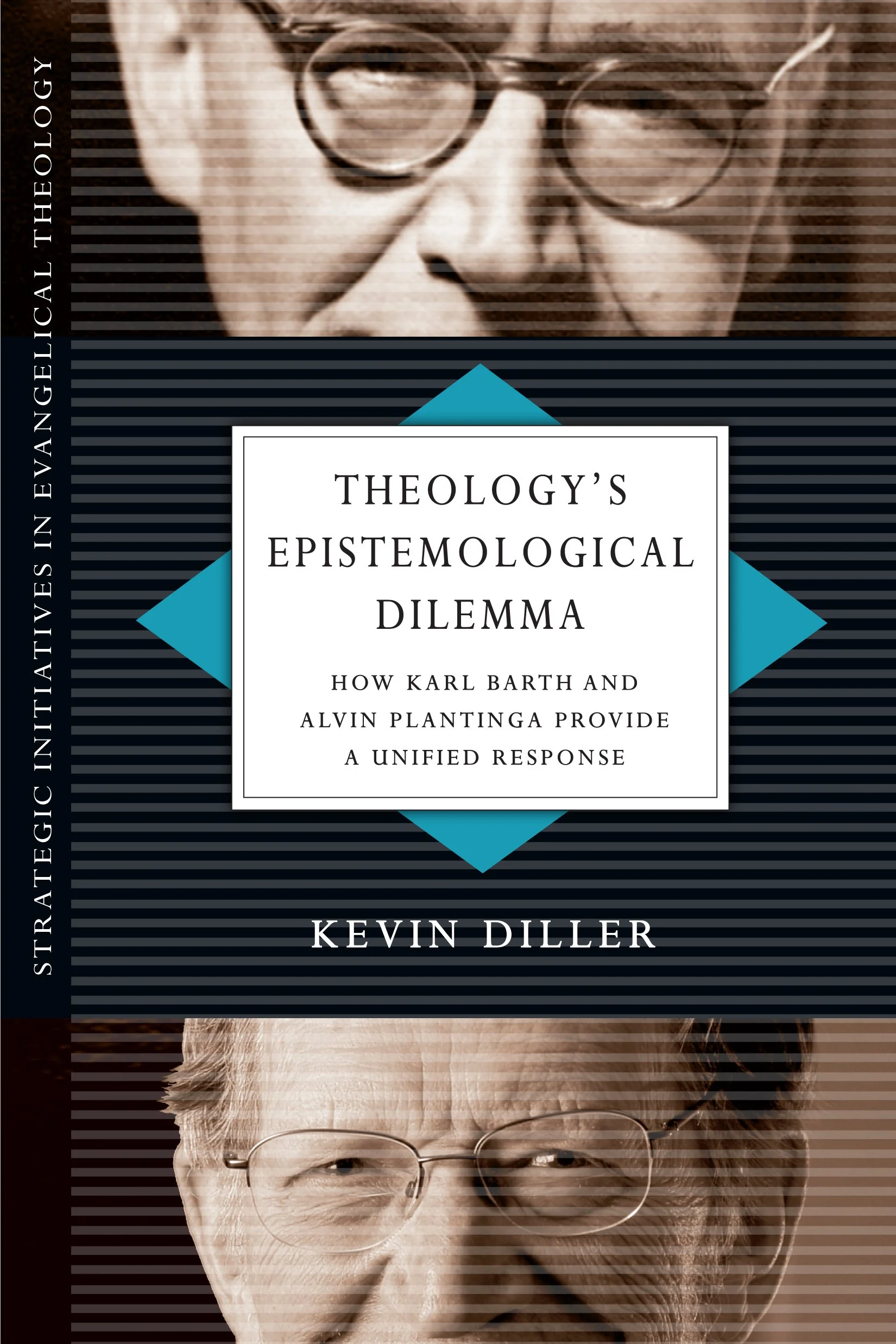Women at Wells and Wedding Bells
Yesterday I was listening to a podcast of a sermon by Douglas Wilson. Wilson began a sermon series entitled "Surveying the Text" back in November where each sermon goes over an entire book of the Bible from a 30,00 ft perspective. Wilson had already gone through the Pentateuch (Genesis, Exodus, Leviticus, Numbers, and Deuteronomy) and then began doing the Gospels. The sermon I was listening to was his overview of the Gospel of John entitled "That You May Believe." I wanted to briefly share something I found interesting from the sermon.
Wilson stated that one of the key themes in the book of John (and the book of Revelation for that matter) was the theme of Jesus claiming a bride. You can go through John and see that that one of the goals that Jesus came to accomplish was to claim his bride through his death on the cross. Yet this theme is presented in a subversive way in John. The theme is subversive because of who John highlights as "bride" characters. We can learn from the rest of the New Testament that the bride of Christ is the church. However, in the book of John, there are certain women who are typological of this cosmic bride. The reason John subverts this theme is by who he highlights as the typological brides.
One example of a "bride type" is Mary Magdalene. We know from the gospels that she had seven demons exorcised from her and we can infer that she was a woman of ill repute. That said, her status as a bride type is cemented in many ways. Perhaps most strikingly is the account in John when Mary meets Christ outside his tomb on the morning of resurrection.
This scene is a reenactment of Adam and Eve in the garden of Eden with key differences. According to Wilson, Adam met Eve in a garden of life, and yet, all their innocence was behind them while sin, death and shame lay before them. Contrarily, when Jesus met his "bride type" (Mary Magdalene) in a garden of death (a cemetery) all the sin, death and shame was behind (in the tomb) while life, innocence and glory lay before them. The point that Wilson made clear was that the bride of Christ is typified in a character like Mary Magdalene. Like her, those who make up the church have a past that is marred with sin and shame. At the same time, because we belong to Christ, life, innocence and glory lay before us.
While this example is probably the most clear and the most powerful example of the "bride type" in John's gospel, it is not the only one. Wilson brought his audience's attention to the scene in John 4 when Jesus speaks with the Samaritan women at the well. This is a very familiar scene to most Christians who have grown up in an evangelical church. I have heard many different sermons on this scene ranging many different topics (all for the most part relevant).
However, I had never heard this portion of John highlighted in light of Jesus seeking a bride, which is exactly what Wilson does. Wilson points out that every time an important male figure in the Old Testament meets with a woman at a well a wedding is in order. Abraham's servant met Isaac's wife, Rebekah, at a well (Gen. 24). Jacob met Rachel at a well (Gen. 29). Moses met Zipporah at at well (Exodus 2). This is astonishing to take into account when we approach John 4. If we are as familiar with the Old Testament as we ought to be, Jesus's interaction with this adulterous Samaritan will carry significant weight.
As in the interaction between Mary Magdalene after the resurrection, Jesus is showing us the type of people who will ultimately make up his bride. Jesus came to to obtain a bride, yet he did not come for a spotless bride. Rather, Jesus comes and chooses a bride who needs to be made spotless. If we continue to follow John's thought in Revelation all this comes to a glorious climax when John sees a spotless bride "the New Jerusalem coming down out of heaven from God."
Michael






